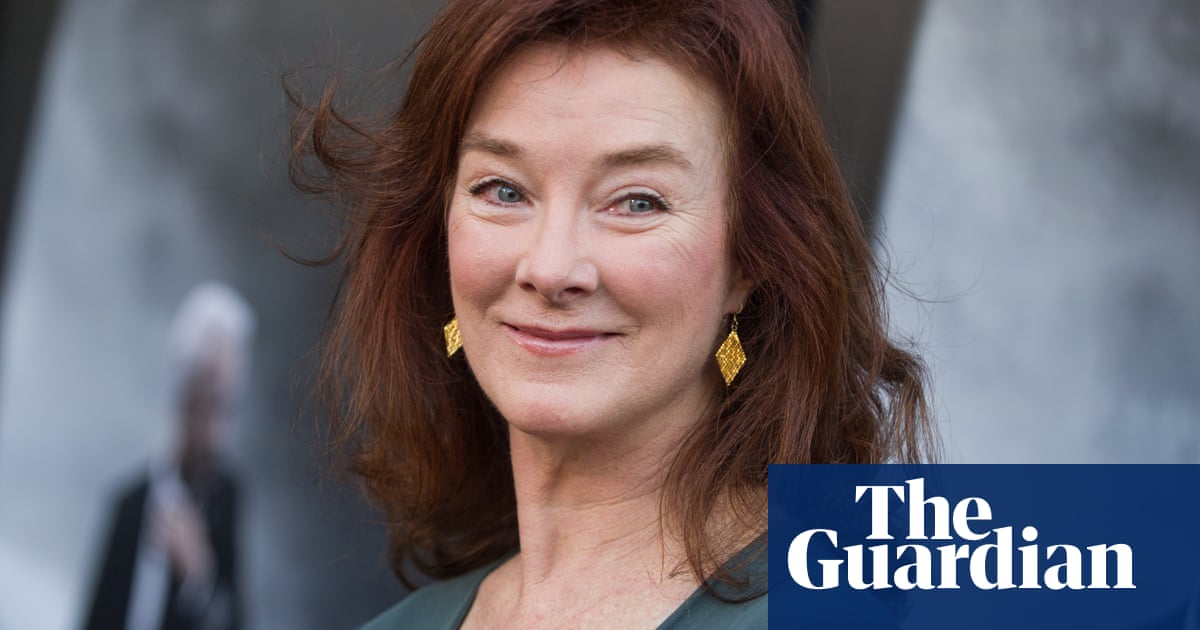Children are increasingly being held in youth detention after being refused bail in New South Wales, according to new data, as experts warn locking up more young people will not curb crime.
The data released by the NSW Bureau of Crime Statistics and Research (Bocsar) found 225 young people were in custody in December 2024 – up 54 on the year before. The number of young Indigenous Australians in youth detention increased by almost 22% to 129.
The data released by the NSW Bureau of Crime Statistics and Research (Bocsar) found 225 young people were in custody in December 2024 – up 54 on the year before. The number of young Indigenous Australians in youth detention increased by almost 22% to 129.
The executive director of Bocsar, Jackie Fitzgerald, said the 32% overall increase in the youth custody population was the result of more young people being held on remand after an “increase in the severity of bail decisions”.
“What we can see is that over the past year the remand rate has increased across a whole range of offences, not just car theft and break in, but assault charges too,” Fitzgerald said.
According to the latest crime statistics from Bocsar for last year, youth crime rates remained steady, with only a slight uptick in shoplifting offences.
The NSW government will this week seek to extend controversial laws until 2028 that make it harder for children to get bail. One influential independent MP told Guardian Australia he will support the extension of the laws, but does not think it is the solution.
“It’s not actually going to change the long-term outcomes for communities or for people,” said Roy Butler, a former police administrator and the independent MP for Barwon, which takes in some of the most disadvantaged communities in the state.
Last year, in response to calls for the government to act on regional crime, the premier, Chris Minns, introduced a year-long change to the youth bail laws that made it harder for young people who allegedly commit a break and enter or car theft offence while on bail to get bail again.
At the time the NSW Bar Association and Law Society of NSW opposed the changes, arguing it could jail more vulnerable children.
Fitzgerald said the increasing number of children in custody was not entirely due to the legislative change, given the range of offences, although she thought it likely had an influence.
“Sometimes with legislative change, even though it is specific to a certain offence, can send a signal about the government’s intention with bail and that can be influential on bail authorities,” she said.
Alongside the punitive measures, the Minns government had also invested in a number of diversionary programs, including unveiling a further $2m directed towards stemming youth crime when it announced it would seek to extend the tightening of the youth bail laws.
In Barwon, which covers 44% of the state and takes in communities such as Bourke and Walgett, Butler said more investment was needed in diversionary programs to respond to the underlying causes of youth crime.
after newsletter promotion
“What we know is that young people who are committing less serious crimes go on to commit more serious crimes the longer that they’re in contact with the criminal justice system,” he said.
Butler said he supported the government’s bail laws because they stem reoffending in the short term in the absence of enough diversionary programs.
“We’ve got to really get better at finding diversionary programs for young people so that we can try to set them on a different path before they spend the next 40 years in and out of custody,” he said.
On average it cost $2,748.96 a day for each young person detained in a youth justice centre in 2021-22, according to government figures released in 2023.
Shortly after the government announced it would seek to extend the youth bail laws, the chief executive of the Aboriginal Legal Service, Karly Warner, said the punitive measure would undo gains made by investment in diversionary practices.
“Locking kids up has never worked, anywhere,” she said.
“Increasing child imprisonment has not only failed to reduce crime, but is putting another generation of children into an express training program for a life of crime and suffering.”
Last week in parliament the police minister, Yasmin Catley, said there was “no one-size-fits-all solution”.
“We know that the best thing we can do is to prevent crime in the first place,” she said.










